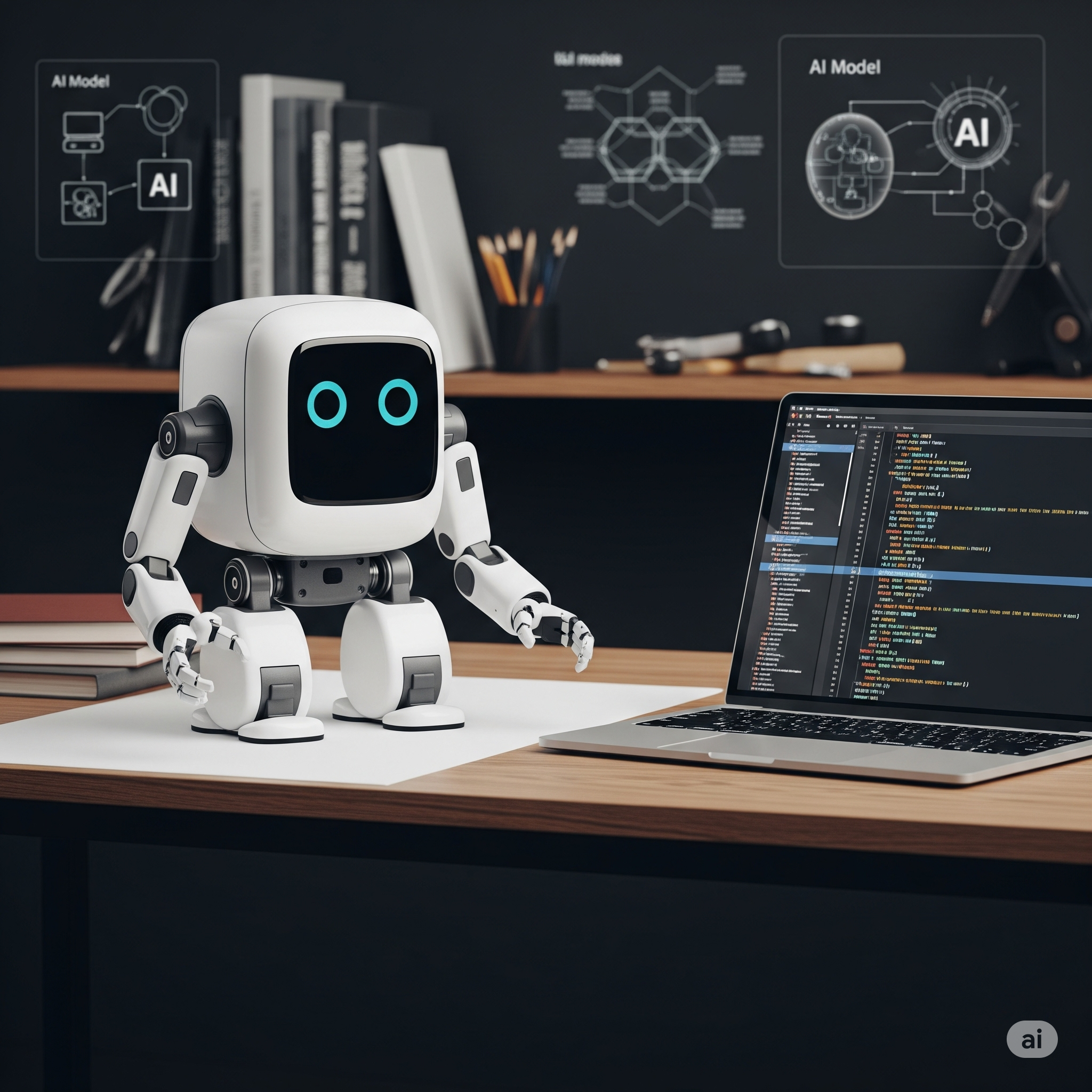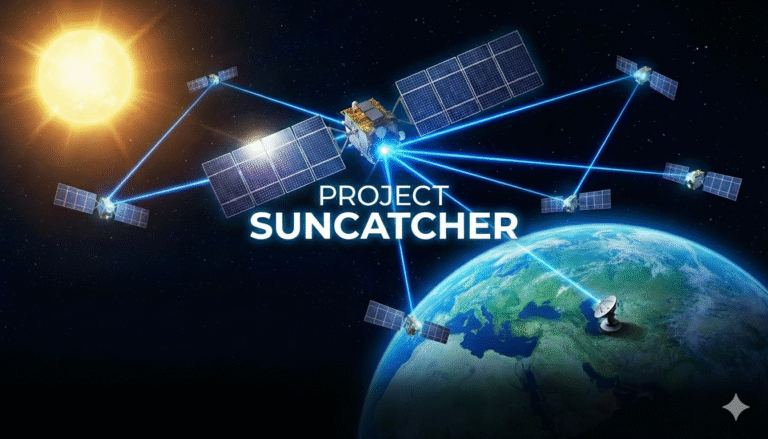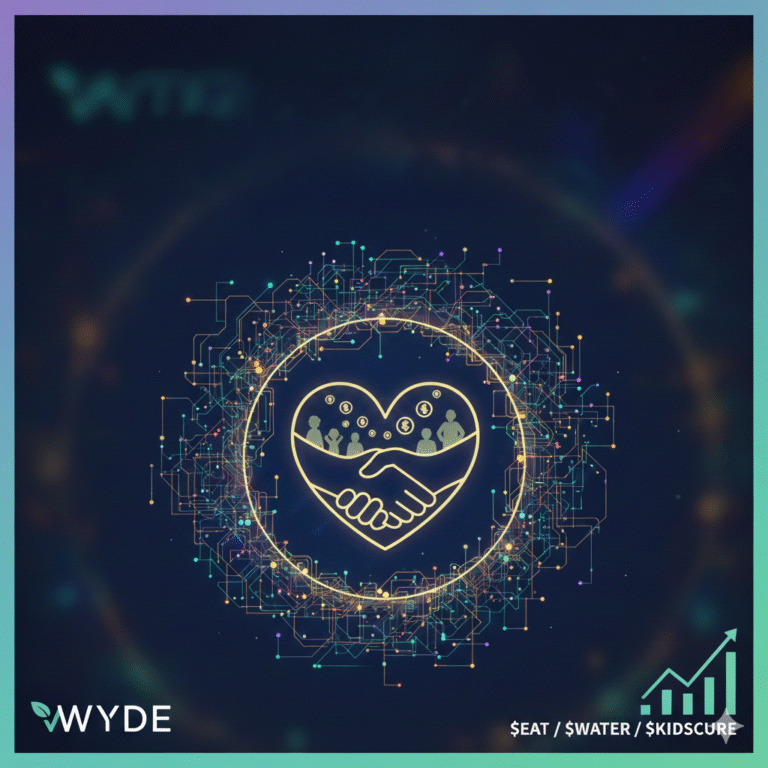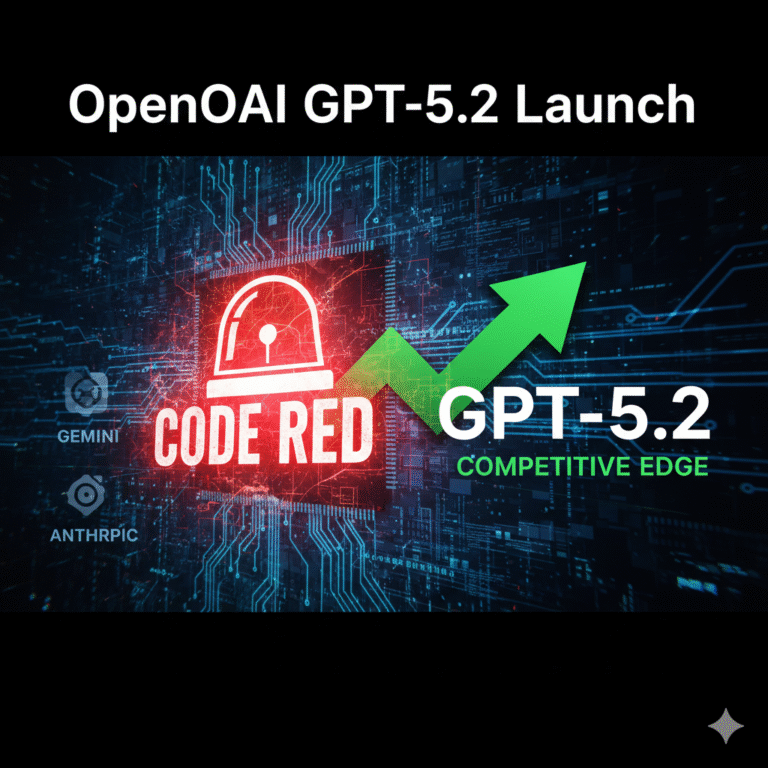What if robotics wasn’t confined to high-tech labs or multi-million-dollar companies? What if anyone—from a college student to an indie developer—could experiment with embodied AI right from their desk? That’s the revolutionary promise of Reachy Mini, a compact and open-source desktop robot designed to democratize access to robotics and embodied AI.
Jointly developed by Pollen Robotics and Hugging Face, Reachy Mini is more than just a cute robot—it’s a powerful platform for exploring how machines perceive, learn, and interact with humans and their environment. This blog dives into the significance of Reachy Mini, its key features, technical capabilities, and its broader role in the rapidly expanding landscape of accessible AI and robotics.
What Is Reachy Mini?
Reachy Mini is a smaller, desk-friendly version of the original Reachy robot launched by Pollen Robotics in 2020. It’s built with affordability, accessibility, and expandability in mind. Unlike traditional robots, Reachy Mini is not locked behind proprietary systems. Instead, it embraces a fully open-source architecture—both hardware and software—allowing developers and hobbyists to tinker, learn, and iterate freely.
“We wanted to build something that anyone can use to explore embodied AI,” says Pollen Robotics co-founder Matthieu Lapeyre in an interview with Hugging Face [source: Hugging Face blog, 2024].
Key Features and Capabilities
1. Embodied AI for All
Embodied AI refers to systems that physically interact with the world using sensors and actuators, not just algorithms. Reachy Mini brings this concept to a personal level. Users can simulate gestures, grasping, visual tracking, and more. With real-time responses, it allows for natural experimentation with robotics and machine learning models.
2. Affordable and Accessible
Robotics has long been plagued by high costs and limited accessibility. Reachy Mini breaks that barrier. Priced in the lower hundreds (rather than thousands), it’s one of the few embodied AI systems affordable for universities, small labs, or even tech-enthusiastic households.
3. Open-Source Ecosystem
The robot runs on open-source hardware and software, based on ROS (Robot Operating System) and Python. Developers can integrate models from Hugging Face Transformers, or build entirely new behaviors. It supports Vision AI, natural language processing, and gesture-based interaction.
4. Desktop Friendly Design
Standing just a few inches tall with a friendly design, Reachy Mini fits on your desk but packs enough intelligence for meaningful experiments. It’s compact but functional—ideal for classrooms, labs, or maker spaces.
A Collaboration for Democratization
The partnership between Pollen Robotics and Hugging Face is a perfect match. Hugging Face, known for democratizing AI models, brings its transformers and diffusers into the realm of robotics. With Reachy Mini, it’s possible to run large language models (LLMs) like GPT or BERT on robotic systems to interpret instructions, perform interactive tasks, or even simulate conversations.
This means Reachy Mini can be used to:
- Teach conversational AI in physical form
- Simulate real-world robotics challenges
- Run autonomous behaviors with minimal supervision
Example Use Case:
A student could train the robot to fetch objects based on visual cues and verbal commands like, “Pick up the red block and place it next to the blue one.”
Technical Specs (Highlights)
- Form Factor: Desktop-sized, compact and lightweight
- Hardware: Modular robotic arm, camera sensors, grippers
- Software: ROS-compatible, Python APIs
- Integrations: Hugging Face Transformers, YOLO (vision AI), GPT-like agents
- Operating Systems: Ubuntu Linux-based environment
For developers, this means the freedom to scale applications—from entry-level control to advanced human-robot interaction workflows.
Why Reachy Mini Matters
1. Hands-On Learning
For students in robotics or computer science, Reachy Mini is a powerful tool to bridge theory and practice. Rather than coding in simulation, learners can see AI behaviors play out in real life.
2. Creative AI & Design
Artists and creators can build physical installations where robots express emotions, generate interactive art, or respond to humans with gestures. With Hugging Face models in play, the expressive capacity of the robot expands.
3. Ethical and Responsible AI
Reachy Mini also supports conversations around AI ethics, particularly embodied bias, behavioral modeling, and robotic transparency. With open-source architecture, it allows scrutiny and customization, helping build systems that are safe, interpretable, and inclusive.
Future Implications
Reachy Mini isn’t just a product—it’s a movement toward accessible robotics. As open-source communities grow around the platform, we can expect:
- Curricula development for schools and universities
- Custom AI agents for specific tasks (from therapy bots to warehouse simulation)
- Collaborative swarm robotics experiments
Imagine a world where every student has a Reachy Mini on their desk the way they use calculators or laptops. That’s the future embodied AI is heading toward.
Conclusion
Reachy Mini is a compact revolution in robotics education and experimentation. It puts the power of embodied AI—once the domain of elite labs—into the hands of everyday learners, creators, and developers. With powerful partnerships and open accessibility, it represents the democratization of robotics in its purest form.









+ There are no comments
Add yours